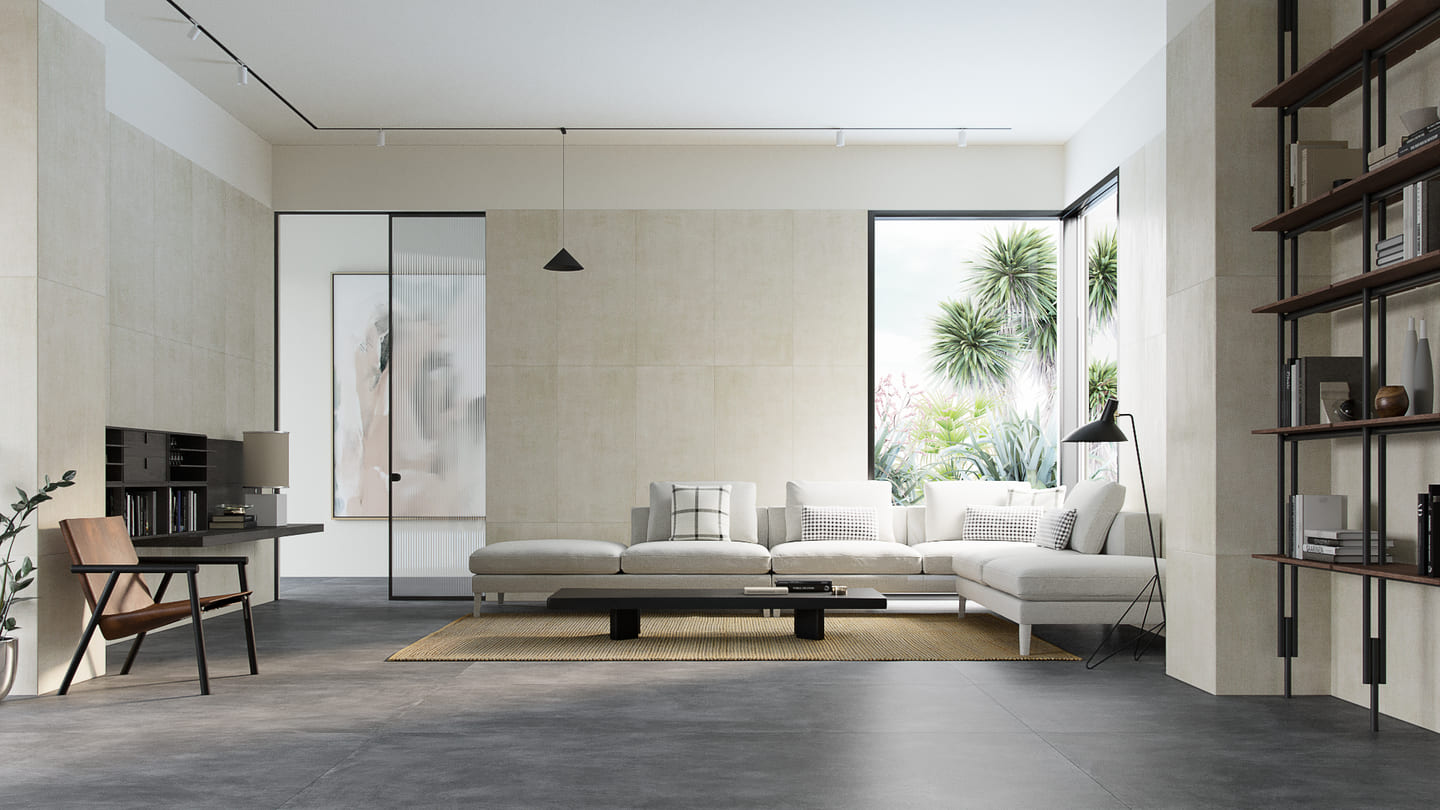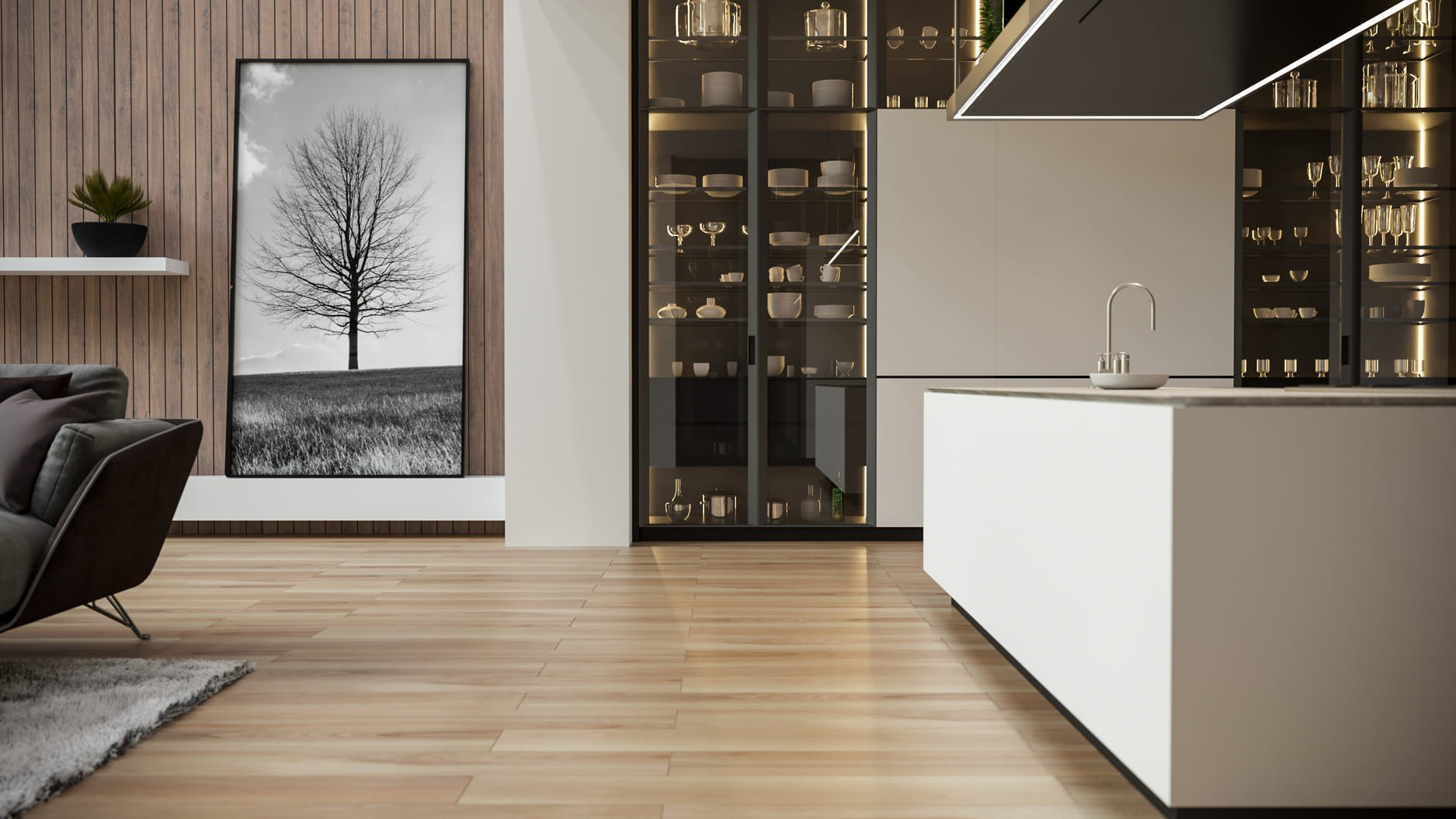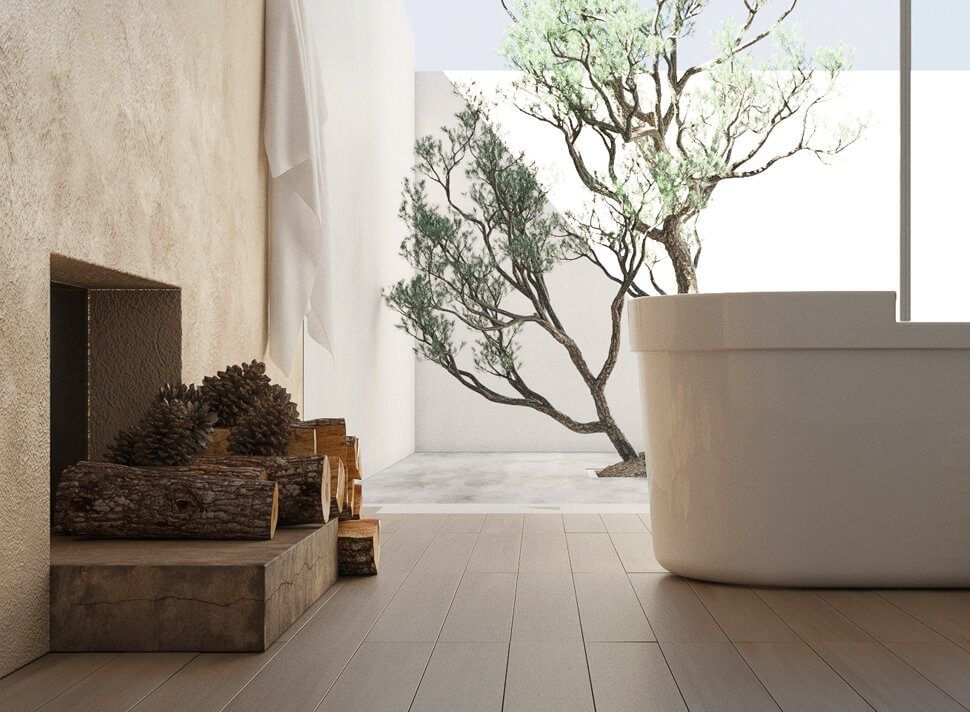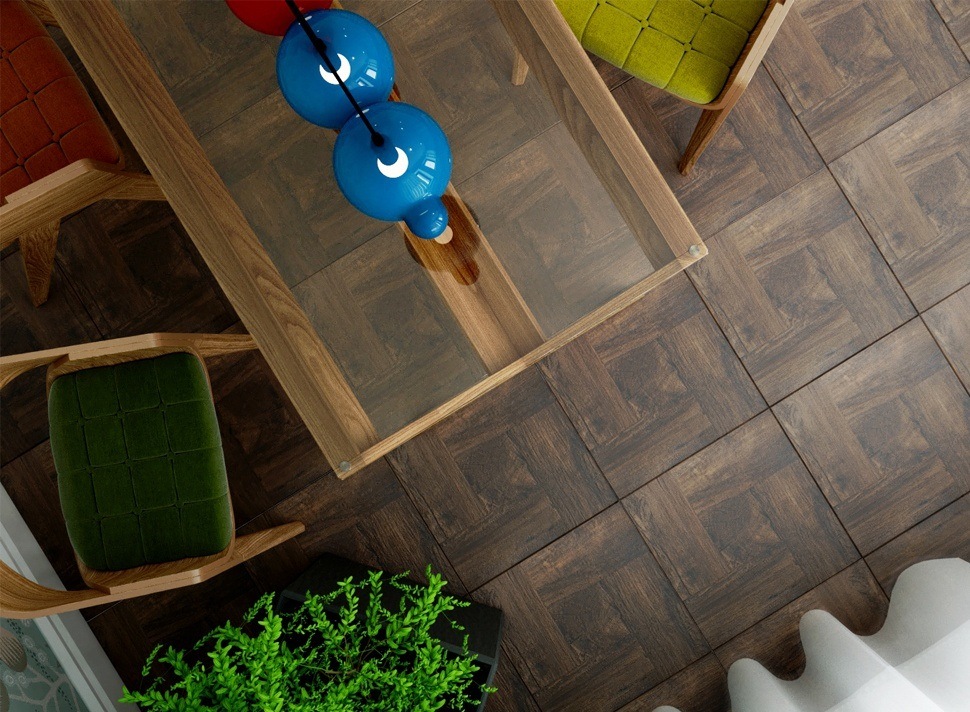The Benefits of Interior House Rendering for Home Improvement and Real Estate Marketing
Introduction: The Digital Evolution in Home Design and Real Estate
We are undeniably in the era of digital transformation. Every industry, from healthcare to education, has been dramatically altered by technology. The real estate and home improvement sectors are no exception. Among various technologies, interior house rendering stands out as one that has substantially impacted both these domains. The change is so monumental that it has rendered old methods like sketches and even simple 2D blueprints obsolete. This technology allows for more dynamic, interactive, and realistic visions of residential spaces, benefiting designers, architects, homeowners, and real estate marketers. So, let’s dive deep and explore the multifaceted benefits of interior house rendering.
Unveiling the Concept of Interior House Rendering
Imagine having the power to walk through your home before it even exists, to see the interplay of light and shadow on your choice of wall paint, or to witness how the evening sun casts golden hues on your wooden floor. This is the promise of interior house rendering. It's not just a static, lifeless preview but a vibrant, interactive experience.
How It Works
To begin with, interior house rendering is not a single, unified technology but a suite of techniques ranging from simple 2D images to 360-degree panoramas and virtual walkthroughs. Various software like Autodesk 3ds Max, SketchUp, and Lumion transform a basic architectural plan into a rendered masterpiece. These programs permit a high degree of customization, allowing for intricate detailing, from the texture of the fabric on your furniture to the way natural light filters through your windows. According to industry standards, the fidelity and realism in today’s rendering technologies are breaking new ground.

Image from Yousee Studio
Types of Interior Rendering
Regarding interior house rendering, one size does not fit all. 2D images, or 'flat renders,' provide a fixed viewpoint, like a photograph. Though less immersive, they are a cost-effective way to understand the space. 3D images offer a more interactive experience. You can view the room from multiple angles and better understand how everything fits together. Then, we have the complete 3D walkthroughs and video tours of the property. These are most beneficial for larger spaces like mansions or multi-room apartments with more complex spatial experiences.
Industry-Specific Uses
Beyond residential spaces, interior house rendering applies to hospitality, healthcare, and retail industries. Each sector has its unique set of requirements. A retail store might maximize display space without appearing cluttered, while a luxury hotel would aim to create the most opulent and inviting environments possible. Many rendering services offer industry-specific customizations, reflecting these unique needs and challenges.
Advantages of Home Improvement
Informed Decision Making
Imagine painting your walls a new color only to find out it clashes horribly with your furniture. Such costly mistakes can be effortlessly avoided through interior rendering. A 2018 survey from HomeAdvisor reveals that many homeowners exceed their budget when renovating or redecorating due to unforeseen complications and mistakes. Interior rendering helps mitigate such risks. By offering a realistic depiction of the completed project, it aids homeowners in making informed decisions.
Improved Collaboration
A picture is worth a thousand words, especially when explaining your dream home's design to your architect or contractor. Interior house rendering fosters efficient and effective communication among all parties involved. Whether you are dealing with engineers, interior designers, or contractors, a visual representation ensures everyone is aligned with the project's goals. These renderings serve as a touchstone that can be referred back to at any project stage, reducing misunderstandings and conflicts.
Experimentation and Exploration
Have you ever wondered how a Victorian-style bookshelf would look in your modern living room? With interior rendering, you can find out without lifting a finger. The technology encourages users to explore various design elements, styles, and arrangements until they find something that resonates with them. From the size and shape of your coffee table to the type of curtains that match your walls, every minute detail can be experimented with in a risk-free, digital environment.

Image from Yousee Studio
Budget Management
The financial aspect of home improvement must be addressed. Overspending is a genuine concern, and surprises are rarely pleasant when they impact your wallet. Through interior rendering, you can visualize your choices and their associated costs, helping you manage your budget more effectively. A detailed rendering can help you identify areas where you might need to be more balanced and elements you may have overlooked but would like to include, thereby preventing any last-minute, costly additions.
Benefits in Real Estate
Higher Engagement Rates
A picture might be worth a thousand words, but a 3D rendering can be priceless. According to studies from real estate analytics, properties listed with 3D renderings generate more inquiries and views than those with standard photographs. The reason is simple: Renderings provide a more holistic understanding of the space, allowing potential buyers to see themselves living in it.
Realistic Expectations
One common issue in real estate marketing is the need for more clarity between what is advertised and what is offered. High-quality renderings portray homes in the most realistic light without the misleading tricks sometimes used in traditional photography. When prospective buyers see a 3D rendering, they get a genuine feel of what to expect, reducing the chances of disappointment and, by extension, the likelihood of deal-breaking surprises.
Cost-Effective Marketing
Though interior rendering requires an initial investment, it proves cost-effective in the long run. Traditional staging, which involves furnishing the property to make it more appealing to buyers, can be expensive and time-consuming. With 3D rendering, virtual staging can achieve the same, if not better, results at a fraction of the cost. You can even tailor the stage to suit the tastes of different target demographics, expanding your potential buyer pool.

Navigating Market Trends
The real estate market is ever-evolving, influenced by economic factors, consumer preferences, and even global events, as seen in the COVID-19 pandemic. In such a fluid environment, the immersive experience provided by interior house rendering becomes even more invaluable. It allows potential buyers to engage with the property deeper, increasing their emotional investment and making them more likely to take the following steps.
Conclusion: The Future is Rendered
The advantages of interior house rendering in home improvement and real estate marketing are manifold and far-reaching. As technology continues to evolve, new types of rendering will likely emerge, offering even more capabilities and benefits. Adopting this technology today can provide you with a competitive edge, prepare you for future innovations, and, most importantly, bring your dream spaces to life in ways you never thought possible.
Contact us at YouSee Studio for captivating 3D renderings and immersive virtual experiences.
Karen Spacey is a content writer and the author of this article.



